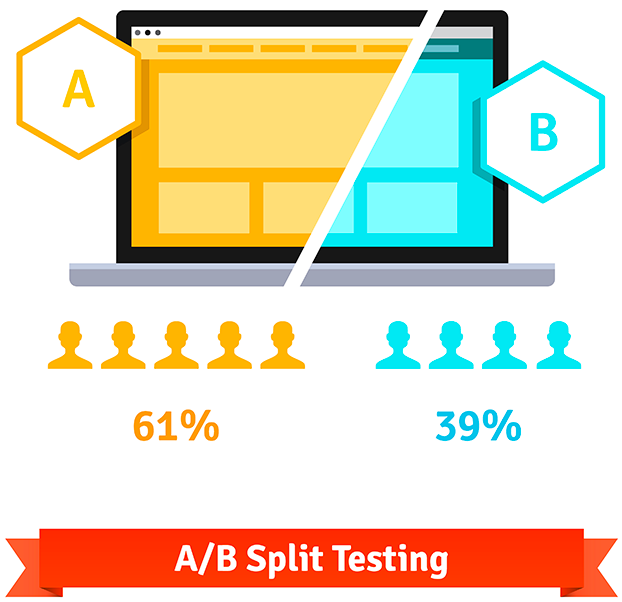In this post, I would like to invite you to continue our intuitive exploration of A/B testing, as seen in the previous post:
Resuming what we saw, we were able to prove through simulations and intuition that there was a relationship between Website Version and Signup since we were able to elaborate a test with a Statistical Power of 79% that allowed us to reject the hypothesis that states otherwise with 95% confidence. In other words, we proved that behavior as bias as ours was found randomly, only 1.6% of the time.
Even though we were satisfied with the results, we still need to prove with a defined statistical confidence level that there was a higher-performing version. In practice, we need to prove our hypothesis that, on average, we should expect version F would win over any other version.
Before we start
Let us remember and explore our working data from our prior post, where we ended up having 8017 Dices thrown as defined by our Statistical Power target of 80%.
## Biased Dice Rolling Function
DiceRolling <- function(N) {
Dices <- data.frame()
for (i in 1:6) {
if(i==6) {
Observed <- data.frame(Version=as.character(LETTERS[i]),Signup=rbinom(N/6,1,0.2))
} else {
Observed <- data.frame(Version=as.character(LETTERS[i]),Signup=rbinom(N/6,1,0.16))
}
Dices <- rbind(Dices,Observed)
}
return(Dices)
}
## In order to replicate
set.seed(11)
Dices <- DiceRolling(8017) ## We expect 80% Power
t(table(Dices))
As a reminder, we designed an R function that simulates a biased dice in which we have a 20% probability of lading in 6 while a 16% chance of landing in any other number.
Additionally, we ended up generating a dummy dataset of 8.017 samples, as calculated for 80% Power, that represented six different versions of a signup form and the number of leads we observed on each. For this dummy set to be random and have a _winner version (F) that will serve us as _ground truth, we generated this table by simulating some biased dice’s throws.
#t-test #a-b-testing #ab-testing #data-science #statistics #data analysis
